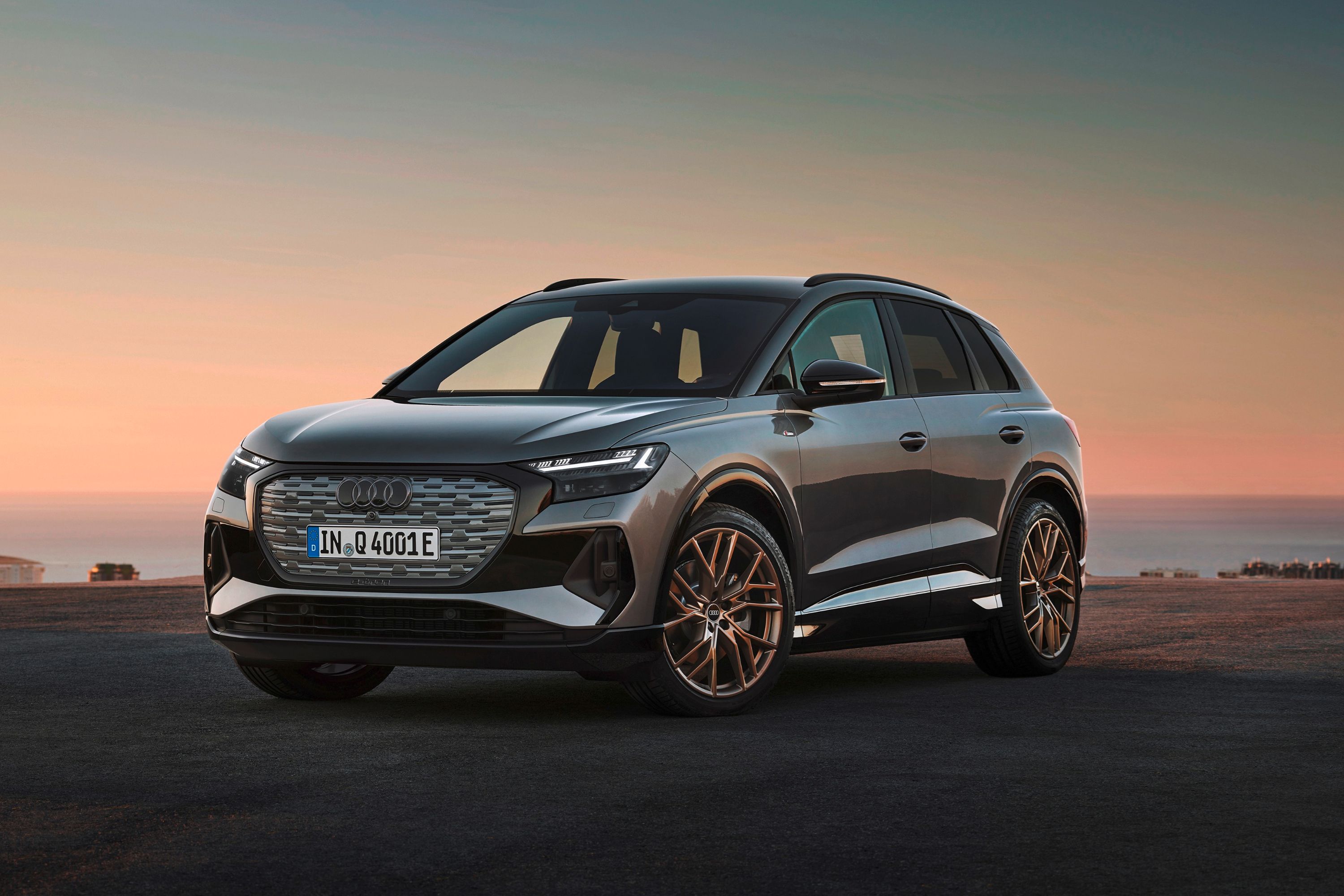
When it comes to embracing the future of motoring, Audi is pulling no punches with its intentions. The CEO has said he believes German automakers should be ready to give up fossil fuels by 2040. This is long after Audi itself has planned to let go of combustion engines; the brand has already ceased development of future ICE engines.
But it seems the company is exploring different avenues when it comes to sustainability. Audi is planning to utilize recycled plate glass in the Q4 e-tron, its most affordable battery-powered vehicle. Together with several glass companies, the company is looking into the feasibility of recycling broken car glass and turning it into a usable, eco-friendly window alternative.
How will this work? Volkswagen Group retailers will collect broken glass from cars with windows that are unrepairable. From here, the shattered glass makes its way to one of Audi's partners, Reiling Glas Recycling. The windows are broken up into smaller pieces and processed before Reiling places the old glazing back into plate glass production.
Clever recycling equipment can filter non-glass materials - such as heating filaments and antenna cables - through the use of magnets, allowing just glass to reach the final stage. Normally, this glass is reused for glass bottles but, when it comes to automotive applications, things are slightly different, says Reiling's Daniel Rottwinkel.
"Car glass has to meet the most stringent requirements, for example with respect to crash safety. Those demands don't apply to bottles." Audi intends to bring the glass back to its original quality and Saint-Gobain Glass is key to this exacting demand. The German glass company first segregates the glass granulate based on its source and color. By making use of the most homogeneous glass recyclate available, the company mixes the recyclate with several other components, including quartz sand and chalk.
"For us, this cycle of making new car windows out of old ones is an important step toward producing automotive glass in a way that conserves resources and energy," remarked the company's Dr. Markus Obdenbusch. The 10 x 20 ft pieces of plate glass then make their way to automotive glass experts Saint-Gobain Sekurit. It is here that the glass is turned into something usable for automotive applications.
The three companies have agreed to run the project for a year in order to obtain further learnings. If it is feasible, we may see this being used in the Q4 e-tron someday. Unlike Porsche and Toyota, Audi isn't placing any faith in the development of sustainable fuels. While the company has recently approved the use of hydrotreated vegetable oil in several of its vehicles - cutting emissions considerably - Audi's head of technical development sees it as nothing more than a bridging technology.
